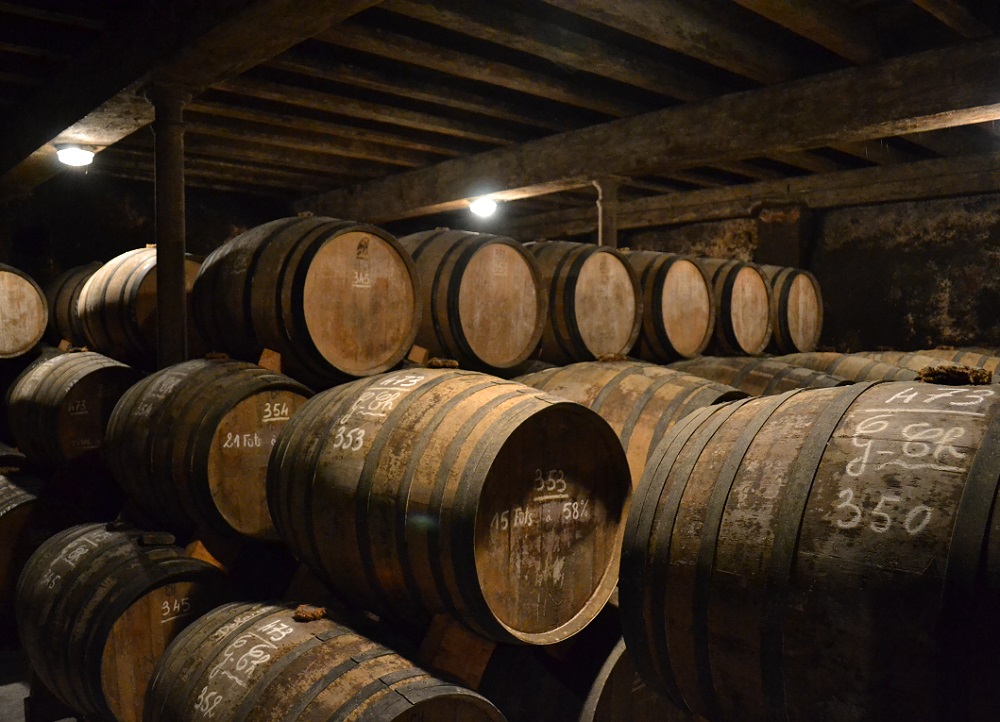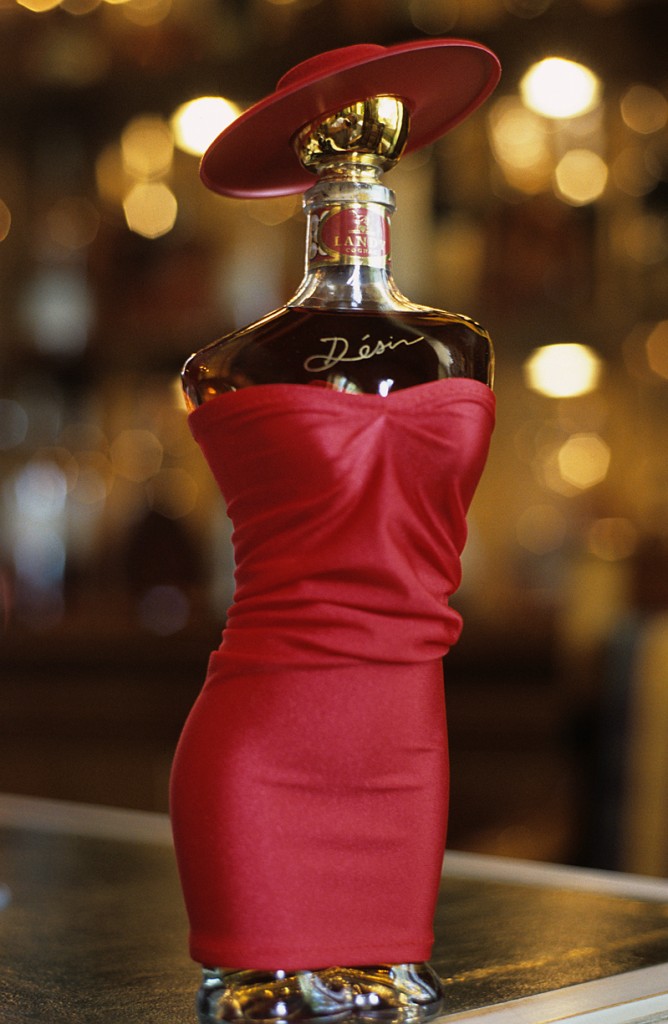The Art of Aging: Exploring Cognac Barrels and Bottles used for Cognac………
Cognac, a world-renowned brandy, owes much of its unique character to the barrels in which it is aged. In Cognac, France, the heart of Cognac production, the art of barrel-making has been refined over centuries. In this blog post, we’ll delve into the fascinating world of Cognac barrels and their role in creating this exceptional spirit.
The Oak Forests of France: A Rich Resource for Cognac Barrels
The journey of a Cognac barrel begins in the oak forests of France. French oak, specifically from the Limousin and Tronçais regions, is prized for its tight grain and high tannin content. These qualities contribute to the development of a rich, complex flavor profile in the aging Cognac.
The Craft of Barrel-Making: A Time-Honored Tradition
Once the oak is harvested, the staves are carefully shaped and seasoned. This process can take up to two years, allowing the wood to dry and develop its unique characteristics. The staves are then toasted over an open fire, a critical step that caramelizes the wood sugars and imparts a distinct flavor to the Cognac.
The Art of Toasting: A Key Element in Cognac Barrel Aging
Toasting is a delicate art, as the level of char can greatly influence the final flavor of the Cognac. Cognac producers can choose from light, medium, or heavy toast levels, each imparting a unique taste and aroma to the spirit. This level of customization allows producers to craft Cognacs that are truly one-of-a-kind.
The Role of the Cooper: Assembling and Maintaining Cognac Barrels
Once the staves have been toasted, the cooper assembles the barrel, ensuring a tight fit and watertight seal. The barrel is then filled with Cognac and left to age, often for decades. During this time, the Cognac interacts with the wood, extracting flavors and aromas that contribute to its unique character.
The Importance of Barrel Size: From Small to Large
Cognac barrels come in various sizes, with the most common being the 300-liter (79-gallon) capacity. Smaller barrels, such as the 50-liter (13-gallon) “quarter cask,” can accelerate the aging process due to a higher wood-to-spirit ratio. Conversely, larger barrels, like the 600-liter (158-gallon) “double-barrique,” slow the aging process, allowing for a more subtle and nuanced development of flavors.
The Evolution of Cognac Barrels: From Traditional to Innovative
While traditional Cognac barrels are made of French oak, some producers have started experimenting with barrels made from other woods, such as chestnut or acacia. These innovative barrels can impart unique flavors and aromas, offering a fresh take on the classic Cognac profile.
The Importance of Barrel Maintenance: Ensuring Quality and Consistency
Throughout the aging process, it’s essential to maintain the barrels to ensure the quality and consistency of the Cognac. This includes regular inspection for leaks, re-toasting, and replacing damaged staves. By properly caring for the barrels, producers can ensure that their Cognacs continue to develop and mature in the best possible conditions. During the aging process the eau-de-vie is often moved to different barrels before it is blended years later.
The barrels used for Cognac in Cognac, France, play a vital role in shaping the spirit’s unique character. From the forests of France to the hands of skilled coopers, the art of barrel-making is a time-honored tradition that has evolved over centuries. As Cognac producers continue to experiment with toasting levels, barrel sizes, and wood types, the future of Cognac aging promises to be as exciting and innovative as ever.
Demijohns, Bonbonne, or Dame-Jeanne
Cognac, eau-de-vie, the heart of this exquisite spirit, is often stored in demijohns (Bonbonne or Dame-Jeanne) to halt its aging process. These charming, wicker-wrapped glass vessels serve as time capsules, preserving the essence of the eau-de-vie at its peak maturity. Like a fairy tale castle keeping a princess safe from the ravages of time, the demijohns ensure that the Cognac remains a timeless treasure, ready to be shared with the world when the time is right.
Bottle Shapes and Sizes
Cognac, the luxurious and elegant French brandy, is not only known for its rich and complex flavors but also for its distinctive bottle shapes and sizes. In this blog post, we will explore the fascinating world of Cognac bottles, from their unique designs to the stories behind their creation. So, let’s embark on this journey and discover the secrets hidden within these elegant vessels.
The Classic Cognac Bottle: A Timeless Design
The classic Cognac bottle is a timeless design that has been used for centuries. The bottle is typically tall and slender, with a slightly curved body and a long neck. This elegant shape is not only aesthetically pleasing but also serves a practical purpose. The long neck and narrow mouth make it easier to pour the Cognac without spilling, while the curved body allows for a comfortable grip.
The Magnum: A Celebration of Abundance
A magnum bottle of Cognac is a symbol of celebration and abundance. This larger bottle holds the equivalent of two standard bottles of Cognac, making it perfect for sharing with friends and family. The magnum bottle is often used for special occasions, such as weddings, birthdays, and anniversaries.
The Jeroboam: A Tribute to History
The jeroboam bottle is a tribute to the ancient history of wine and spirits. Named after a biblical king, this bottle holds the equivalent of four standard bottles of Cognac. The jeroboam is a popular choice for collectors and connoisseurs who appreciate the rich history and tradition of Cognac.
The Methuselah: A Testament to Time
The methuselah bottle is a testament to the time and patience required to create a fine Cognac. Named after a biblical patriarch who lived for 969 years, this bottle holds the equivalent of eight standard bottles of Cognac. The methuselah is a rare and exclusive bottle that is highly sought after by collectors and connoisseurs.
The Unique Shapes and Designs: A Reflection of Artistry
In addition to the classic and historical bottle shapes, Cognac producers have also introduced unique and innovative designs to showcase their artistry and creativity. Some bottles feature intricate engravings, while others have unique shapes and colors that reflect the brand’s identity and personality. These unique designs not only add visual appeal but also serve as a testament to the craftsmanship and dedication of the Cognac producers.
The Importance of Bottle Sizes: A Matter of Quality and Aging
The size of the Cognac bottle plays a significant role in the quality and aging process of the spirit. Smaller bottles, such as the 375ml and 500ml, are perfect for those who want to enjoy their Cognac in a shorter period of time. Larger bottles, such as the magnum and jeroboam, are ideal for aging and collecting, as they allow the Cognac to develop and mature over time.
The bottle shapes and sizes used for Cognac are a reflection of the spirit’s rich history, artistry, and dedication to quality. From the classic and timeless designs to the unique and innovative shapes, each bottle tells a story of tradition and craftsmanship.
So, the next time you pour a glass of Cognac, take a moment to appreciate the artistry and history that is contained within the bottle.




